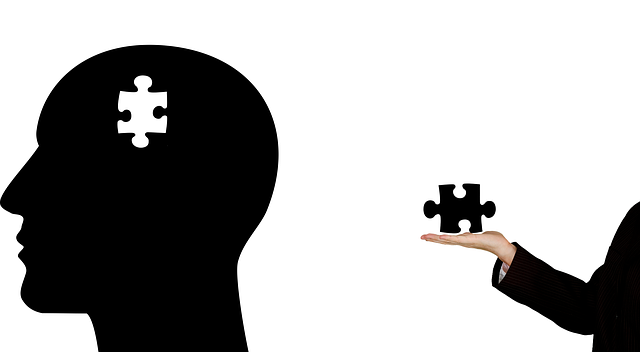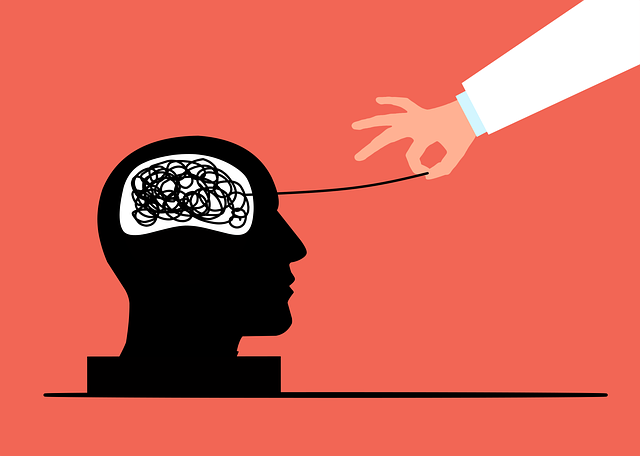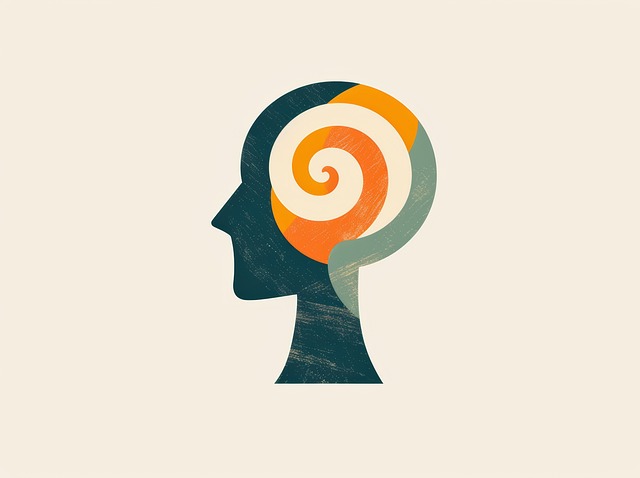Mental illness stigma severely impedes recovery for vulnerable young adults, especially those affected by childhood abuse. This hinders help-seeking behaviors and prolongs their mental health struggles. Overcoming this requires a multi-faceted approach: education to foster empathy, tailored workshops for crisis intervention, and early therapy focusing on trauma processing, resilience building, and coping mechanisms. Integrating evidence-based therapies like CBT and EMDR with wellness coaching can empower young adults to manage symptoms and build inner strength. Community engagement through accessible programs like mindfulness meditation targets societal stigma barriers, while evaluation metrics track program effectiveness and inform future strategies for therapy for young adults experiencing child abuse.
Mental illness stigma, deeply rooted in societal perceptions, significantly impacts individuals’ willingness to seek help. This article explores comprehensive strategies to reduce this barrier, focusing on understanding the pervasive effects of stigma on mental health. We delve into addressing root causes like child abuse and highlighting effective therapy approaches tailored for young adults. Additionally, community engagement and education are pivotal; we discuss successful implementation and measurement techniques for evaluating stigma reduction efforts, with a special emphasis on the role of therapy for young adults and child abuse prevention.
- Understanding the Impact of Stigma on Mental Health
- Targeting Child Abuse as a Root Cause
- Effective Therapy Approaches for Young Adults
- Community Engagement and Education Strategies
- Measuring Success: Evaluating Stigma Reduction Efforts
Understanding the Impact of Stigma on Mental Health

Stigma surrounding mental illness can have profound effects on individuals’ well-being, especially among vulnerable populations like young adults who may be navigating the aftermath of childhood abuse. The impact is multifaceted; it often leads to concealment and a lack of support-seeking behavior, exacerbating existing symptoms. This is particularly concerning for young adults who might be developing coping mechanisms or engaging in therapy for past trauma, such as child abuse, making their mental health journey even more challenging.
Reducing the stigma requires comprehensive approaches like enhancing mental health education programs to foster empathy and understanding. Organizations can play a pivotal role by offering crisis intervention guidance and stress management workshops tailored to diverse audiences. These initiatives not only empower individuals but also create supportive environments where help-seeking is normalized, ultimately encouraging early intervention and better long-term outcomes for those dealing with mental illness.
Targeting Child Abuse as a Root Cause

Many mental illness stigma reduction efforts overlook a critical aspect: child abuse as a root cause. Growing up in an abusive environment significantly increases the risk of developing mental health issues later in life. According to various studies, survivors of childhood abuse are more prone to depression, anxiety disorders, and even psychosis. Thus, addressing child abuse is not just about providing immediate relief; it’s an essential strategy in long-term stigma reduction. Therapy for young adults who have experienced abuse can help them process traumatic memories, build resilience, and develop healthy coping mechanisms, ultimately breaking the cycle of mental health struggles.
Risk Management Planning for Mental Health Professionals plays a crucial role here. By equipping therapists with tools to recognize and handle child abuse cases sensitively, they can foster Empathy Building Strategies within their practice. This not only supports the healing process for young adults but also contributes to a society that understands and supports those battling mental illness, thereby reducing stigma. Resilience Building is another key outcome, as survivors learn to navigate life’s challenges with newfound strength and hope.
Effective Therapy Approaches for Young Adults

Young adults facing mental illness often benefit from specialized therapy approaches that cater to their unique experiences and challenges. One effective method is Cognitive Behavioral Therapy (CBT), which helps individuals identify and change negative thought patterns and behaviors. This therapy has shown promise in treating depression, anxiety, and post-traumatic stress disorder (PTSD), common issues among young adults. By learning coping strategies, they can better manage their symptoms and improve overall mental wellness.
Additionally, approaches like Eye Movement Desensitization and Reprocessing (EMDR) therapy are valuable for processing traumatic memories, a potential outcome of child abuse. EMDR facilitates the brain’s natural healing process, allowing individuals to work through past traumas effectively. Integrating these evidence-based therapies with mental wellness coaching programs and inner strength development initiatives can empower young adults to take control of their mental health and foster resilience.
Community Engagement and Education Strategies

Community engagement and education are powerful tools in the fight against mental illness stigma. By bringing attention to the diverse range of mental health concerns, from anxiety and depression to more severe conditions like bipolar disorder or schizophrenia, communities can foster a culture of understanding and support. Educational initiatives can take many forms, such as workshops, seminars, and awareness campaigns that target both general public and specific demographics.
Targeting young adults, for instance, is crucial given their heightened vulnerability to mental health issues, often exacerbated by experiences like child abuse. Therapy for young adults needs to be accessible and non-stigmatizing, promoting emotional well-being through techniques like mindfulness meditation and emotional intelligence training. These strategies not only equip individuals with coping mechanisms but also encourage open conversations about mental health, gradually breaking down the barriers created by societal stigma.
Measuring Success: Evaluating Stigma Reduction Efforts

Evaluating the success of stigma reduction efforts is a crucial step in understanding their impact and guiding future strategies. This process involves assessing both qualitative and quantitative data to measure changes in public perception, attitudes, and behaviors related to mental illness. One effective approach is through surveys and interviews that gauge individuals’ comfort levels when discussing mental health issues, their willingness to seek help, and any perceived barriers. These assessments can reveal shifts in societal norms and beliefs.
Additionally, tracking the number of participants enrolled in mental health programs, especially those tailored for young adults who have experienced child abuse, provides a quantitative measure. Analyzing engagement in therapy sessions, adherence to treatment plans, and improvements in clinical outcomes offers tangible evidence of successful stigma reduction. Incorporating feedback from both clients and healthcare providers is essential, as it highlights the design of Mental Health Education Programs and Healthcare Provider Cultural Competency Training, ensuring interventions are effective, accessible, and tailored to diverse populations.
Mental illness stigma reduction is a multifaceted approach that, when effectively implemented, can dramatically improve mental health outcomes. By addressing the root causes like child abuse and utilizing evidence-based therapy approaches tailored for young adults, we can foster supportive communities. Engaging in education strategies that promote understanding and empathy further enhances progress. Measuring success through evaluation ensures efforts are targeted and adjusted as needed, ultimately leading to a more inclusive society where everyone receives the care they need without fear of judgment. Therapy for young adults, coupled with community engagement, remains key to breaking down barriers and reducing stigma.









